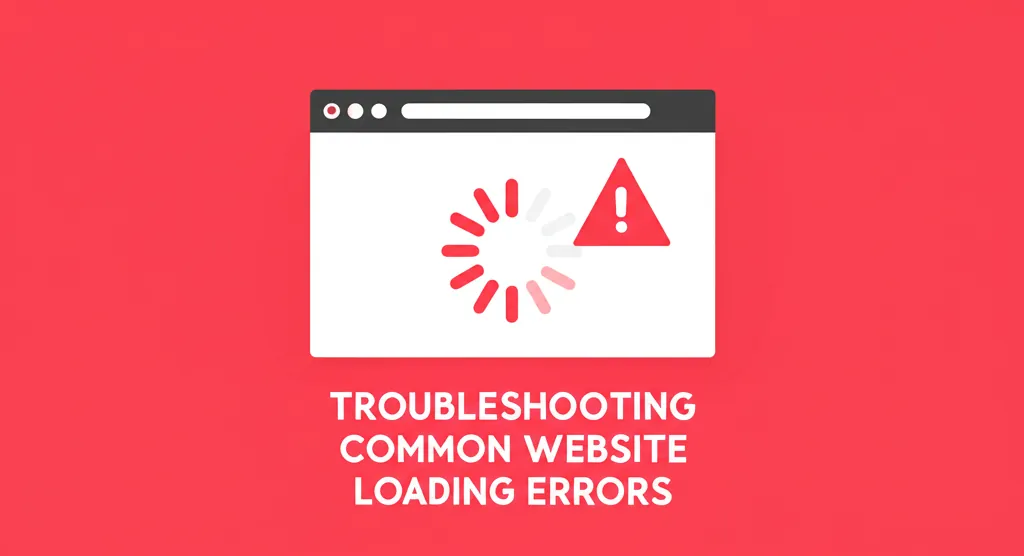Developer Offer
Try ImaginePro API with 50 Free Credits
Build and ship AI-powered visuals with Midjourney, Flux, and more — free credits refresh every month.
The Truth Behind Trumps Tax Plan Misconceptions
When President Donald Trump’s 'One Big Beautiful Bill' was signed into law, it was presented as a major overhaul of America's tax system. However, the patriotic branding and partisan headlines led to widespread confusion, leaving many people wondering how the new law would actually affect their personal budgets. To cut through the noise, we're breaking down the most common misconceptions about the tax plan and exploring the realities behind them.
The Reality of Taxes on Social Security and Tips
One of the most talked-about claims was that Social Security benefits and tips would become completely tax-free. This is only partially true. The law does introduce a temporary $6,000 deduction for seniors, but it phases out at higher income levels. This change may reduce, but not eliminate, federal income taxes on Social Security, as explained by Fidelity. A significant concern is that this could weaken the Social Security Trust Fund by reducing overall federal revenue.
Similarly, the 'no tax on tips' provision is also limited. The IRS clarifies that the maximum annual deduction is $25,000 and it phases out for workers with a modified adjusted gross income over $150,000. So while retirees and service workers might see some tax relief, these income streams have not disappeared from their tax obligations.
Is It Really a Middle-Class Tax Cut
Many Americans were led to believe the bill would deliver a major financial windfall for middle-income households. However, analysis suggests the benefits are not evenly distributed. Projections from the Institute on Taxation and Economic Policy show that over 70% of the net tax cuts will go to the top 20% of earners. The middle 20% of earners will receive only about 10% of the benefit, while the poorest households get less than 1%. Some lower-income families could even be worse off, as potential cuts to Medicaid and food assistance may cancel out any modest tax savings. For the average American, the law may offer far less relief than its branding suggests.
The Impact on Social Safety Net Programs
The legislation was often framed as a measure to protect America's vital social safety net programs, but a closer look at the details reveals a different picture. The bill includes cuts of more than $1.2 trillion from Medicaid and the Supplemental Nutrition Assistance Program (SNAP) over the next ten years, according to U.S. News & World Report. It also imposes stricter work requirements and new co-payments. For instance, some Medicaid recipients may now have to pay $35 per service, a detail noted by KFF. The Center on Budget and Policy Priorities estimates that these changes could cause around 15 million people to become uninsured by 2034. Far from strengthening these safety nets, the law may actually reduce access for many vulnerable Americans.
Overall, while the 2025 tax law may offer some tax benefits, it's essential to understand the full scope of its provisions and drawbacks. The reality behind the headlines is often more complex and has significant implications for households across all income levels.
Compare Plans & Pricing
Find the plan that matches your workload and unlock full access to ImaginePro.
| Plan | Price | Highlights |
|---|---|---|
| Standard | $8 / month |
|
| Premium | $20 / month |
|
Need custom terms? Talk to us to tailor credits, rate limits, or deployment options.
View All Pricing Details

